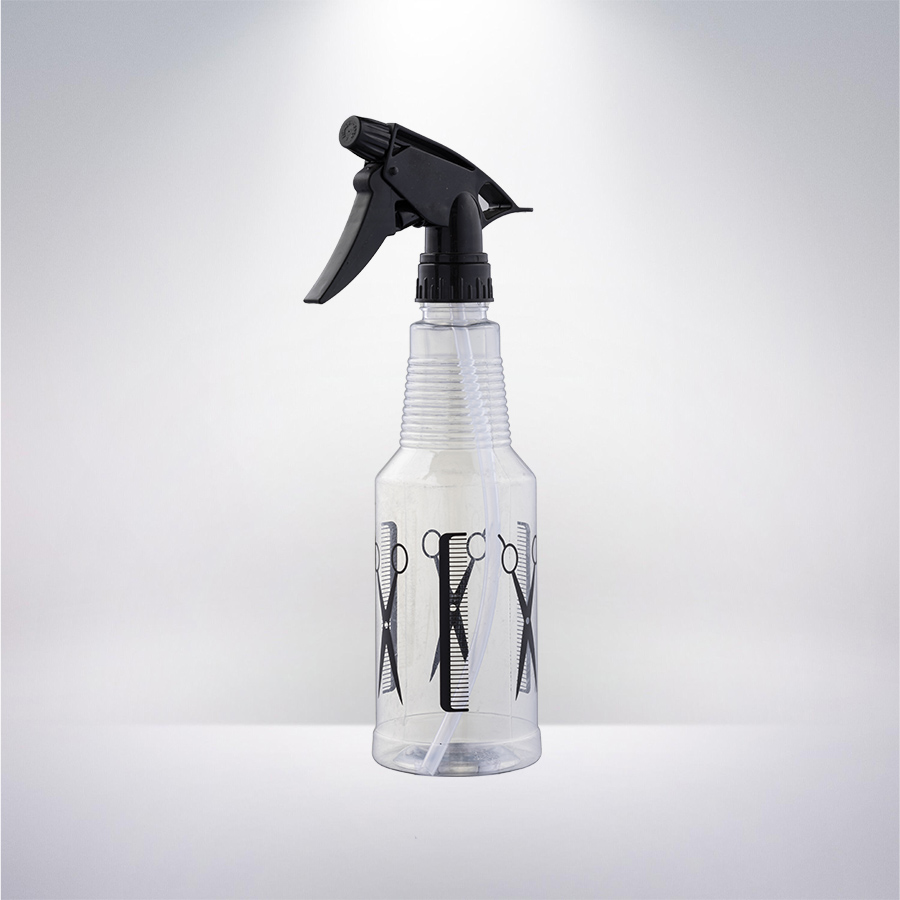Summary:When using the hooded plastic pump head for the first time, you will have to press the wrench a few times before the cleaning fluid is ejected. There are two reasons for this lag:
When starting to draw fluid, the trigger starts a downstroke, not an......
When using the hooded plastic pump head for the first time, you will have to press the wrench a few times before the cleaning fluid is ejected. There are two reasons for this lag:
When starting to draw fluid, the trigger starts a downstroke, not an upstroke (piston outside the hydraulic chamber). When you pull the wrench back for the first time, the piston is pushed in, but no fluid is drawn out; there is only air in the hydraulic chamber. The piston slides out on its own to draw fluid from the reservoir.
When the piston begins its first upward stroke, the pump begins to draw cleaning fluid from the reservoir. But at the same time, it also sucks up the air in the plastic tube that connects to the reservoir. Before you start spraying the cleaning solution, you need to use the pump mechanism to remove the air. Therefore, you may need to twist the wrench back and forth a few times.
This simple pump head is designed as a reciprocating piston pump head and is widely used. In addition to being able to press out water, air and other liquids, the design could also be used to extract water and oil from the ground. Even in our bodies, there are reciprocating pump systems: when your heart expands, it sucks in low-pressure blood through one one-way valve; when it contracts, it pushes high-pressure blood back into your body through another one-way valve. The same basic mechanism that makes an ordinary hooded plastic pump head work also allows us to live in this world!
